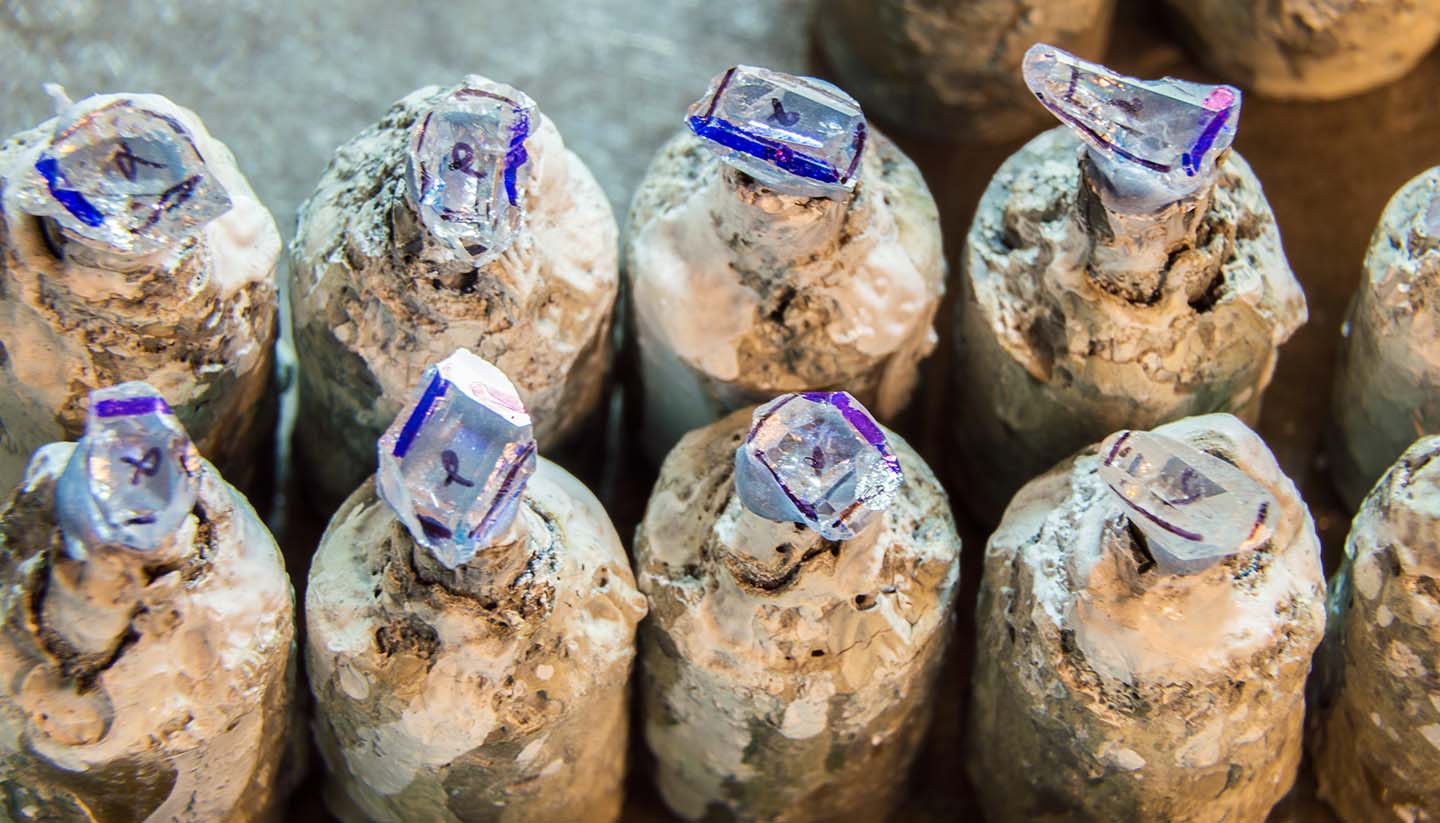Antwerp History
The name Antwerp has an interesting, albeit fanciful, story behind it. The legend goes that a cruel giant called Drone Antigoon once controlled the River Scheldt, which runs through the city, and demanded exorbitant tolls from ships navigating the waters. Shipmasters foolish enough to refuse payment were punished by having their hand lopped off. Happily, the brave Roman soldier Silvius Brabo brought an end to the giant’s reign of terror by chopping Antigoon’s hand off and throwing it into the river. A statue situated in the Grote Markt still commemorates the origin story with great pride. Antwerp loosely translates to ‘hand throwing’.
As far-fetched as the founding of Antwerp sounds, the city has a long and interesting history in the real world, not least by the 14th century, when it became one of Europe’s most important trading centres. No sooner had it done so though, the city began to decline as it lost privileges to Bruges. It took half a century to re-establish itself. But this second golden era didn’t last either, as Catholic Spain arrived in the 16th century to put the Protestant north in its place.
Antwerp fell in 1585, with the Spanish leaving the city to burn. From the ashes emerged a wave of artistic talent pioneered by painters such as Rubens, Van Dyck and Jordaens. But while the city thrived culturally, its economic recovery was slow.
That was all helped by Antwerp’s involvement in the diamond trade. In the 16th century, when nearly half of the world’s trade was said to pass through the city’s port, Antwerp’s diamond cutters were among the most revered in Europe.
In 1795, the city was taken by Napoleon, who thought its strategic position would help him defeat the British. It didn’t. A brief reunification with the Netherlands in 1815 ended with the Belgian Revolution of 1830. In retaliation, the Dutch closed the River Scheldt, pushing Antwerp into another period of economic decline.
30 years later, the river was permanently reopened, paving the way for the city’s third golden era. Although the city suffered grievously during both World Wars, its upward trajectory continues today with modern Antwerp being one of the biggest and richest cities in Belgium. Its legacy of art and fashion makes Antwerp a unique tourist destination and cultural hub.
Did you know?
• The first printed newspaper in the world was published in Antwerp in 1605.
• The former home and studio of Antwerp’s most famous artist, Peter Paul Rubens, is now a museum.
• The gothic Cathedral of Our Lady, started in 1352, boasts a 400 foot spire, making it one of Belgium’s tallest ecclesiastical buildings.


